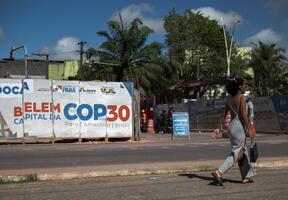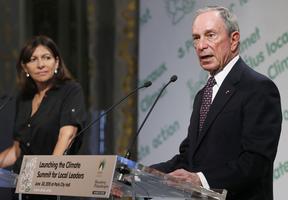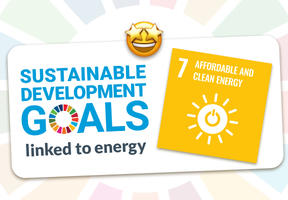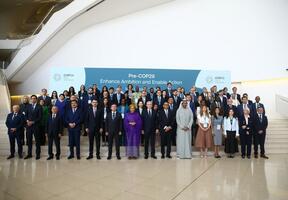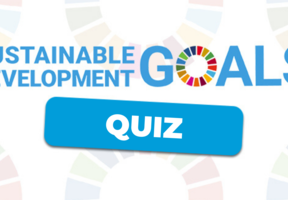Challenges for the Cities of the Future
10 min read
According to the United Nations (U.N.)1, 68% of the world’s population will live in urban areas by 2050, compared with 2% at the beginning of the 19th century, 30% in 1950 and 55% in 2018. Given this trend, what can be done to ensure cities stay pleasant, unpolluted places to live, with low greenhouse gas emissions so as not to make worse?
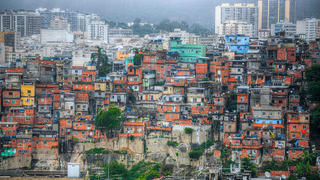
© Thinkstock - Slums account for almost half of urban growth, raising serious issues. Here we see a favela in Rio de Janeiro.
Urbanization in Unbelievable Figures
Industrial development has always been accompanied by rural flight. This movement peaked in developed countries halfway through the 19th century, was very strong in China around the year 2000, and is surging today in two other population giants: India and Nigeria.
Such fast-paced urbanization is increasing the number of mega‑cities with more than 10 million inhabitants. The U.N. predicts there will be 43 of these metropolises by 2050. The world’s largest city, Tokyo, which had a population of roughly 37 million in 2020, is expected to be overtaken in 2028 by New Delhi, the capital of India. But competition will be fierce from Shanghai, Mexico City, Bombay, São Paulo, Osaka, Dhaka, Cairo and Beijing, which all currently have between 20 and 25 million residents.
Rural flight is also accelerating the growth of cities with populations between 100,000 and 500,000, which today are home to more than half of the world’s urban population. In addition, it is often difficult to distinguish between a city, its suburbs and the increasingly interdependent communities of surrounding villages. In short, there is no escaping urbanization...
The Need for Sustainable Development
Large or small, cities have to deliver on three key fronts: the economy, society and the environment. This entails several obligations:
- Managing traffic flows well, to ensure that people can get to and from work and leisure activities, that food and goods can be supplied as needed, and that other cities can be easily reached in an increasingly interconnected world.
- Reducing industrial and automotive pollution for good air quality, preserving water resources, and reducing and waste.
- Carefully controlling energy use to curb environmentally harmful greenhouse gas emissions. This may involve constructing low-energy buildings or even positive-energy buildings, which produce more energy than they consume.
Eco-Districts and Participatory Democracy
In addition to large-scale urban planning, grassroots-level organization is essential to meeting sustainable development requirements and making residents’ lives as pleasant as possible. Areas based on these principles are known as “eco-districts” (where “eco” stands for “ecological”).
Eco-districts deliver shorter local supply and recycling chains, incorporate green spaces and sports fields, and promote green mobility through bicycle paths and other initiatives.
Cities have started to exchange feedback (leading to the creation of labels) and to increase civic participation. This has fueled a movement toward “participatory democracy”, where residents are not only consulted on projects but also encouraged to make their own tangible proposals to the local government.
Higher Density, Green Spaces and Vertical Farming
For many years, single-family homes were the dream; however, many city planners are now advocating urban densification to prevent suburban sprawl, which is detrimental to rural areas. At the same time, they also plan to reintroduce vegetation to brownfield sites and create “greenways” around buildings to increase cities’ ability to capture CO2 and reduce urban islands.
Urban agriculture is starting to become a feature in some cities too. Community gardens, for example, are strengthening social cohesion among neighborhood residents. Crops are being grown on building terraces in soil 30 centimeters deep. And vertical farms are rising out of the ground, using nutrient-rich liquid to grow plants on shelves – and leveraging technology to improve yields.
New Mobility Methods
We have moved beyond the notion of “urban transportation” to the concept of “mobility”, which encompasses new means of getting around, interconnectivity (or intermodality), varied uses and social trends such as more free time and new leisure activities.
Modes of transportation are increasing in number, with automated light rail trams, cable cars, autonomous vehicles on fixed routes, cargo bikes (which have made a comeback), bicycles, scooters and hoverboards. Usage patterns are ever more diverse, with car sharing, carpooling, self-service car and bike rental and “on demand” transportation reserved on mobile applications.
Urban Big Data
Digital data is ubiquitous in today’s city management. To control energy use in buildings and eco-districts, better knowledge of both production flows and consumption phases is required. This has given rise to “smart cities”.
Data collected by sensors and geolocation systems allow for better road traffic management. The need for higher security in cities has multiplied the amount of video surveillance. And public services and municipal administration are being digitized at every level.
This big data requires new regulations, both to ensure effective management and to protect civil liberties.
Sources :

